Natural beauty for your favorite space
5 Essential Tips to Boost Your Green Building Supply Efforts and Save 30 Percent on Energy Costs
In the quest for more sustainable construction practices, the significance of "Green Building Supply" cannot be overstated. As organizations and individuals strive to reduce their carbon footprint and energy expenditures, embracing environmentally-friendly materials and methods has emerged as a critical strategy. This article delves into five essential tips that can not only enhance your green building supply efforts but also lead to substantial savings—potentially up to 30 percent on energy costs. By integrating these strategies into your approach, you can create structures that are not only resource-efficient but also economically viable. The tips provided here will guide you in making informed choices about sustainable materials, maximizing energy efficiency, and ultimately contributing to a greener planet while optimizing your budget. Embracing the principles of green building supply is not merely a trend; it is a necessity for responsible and future-focused construction.
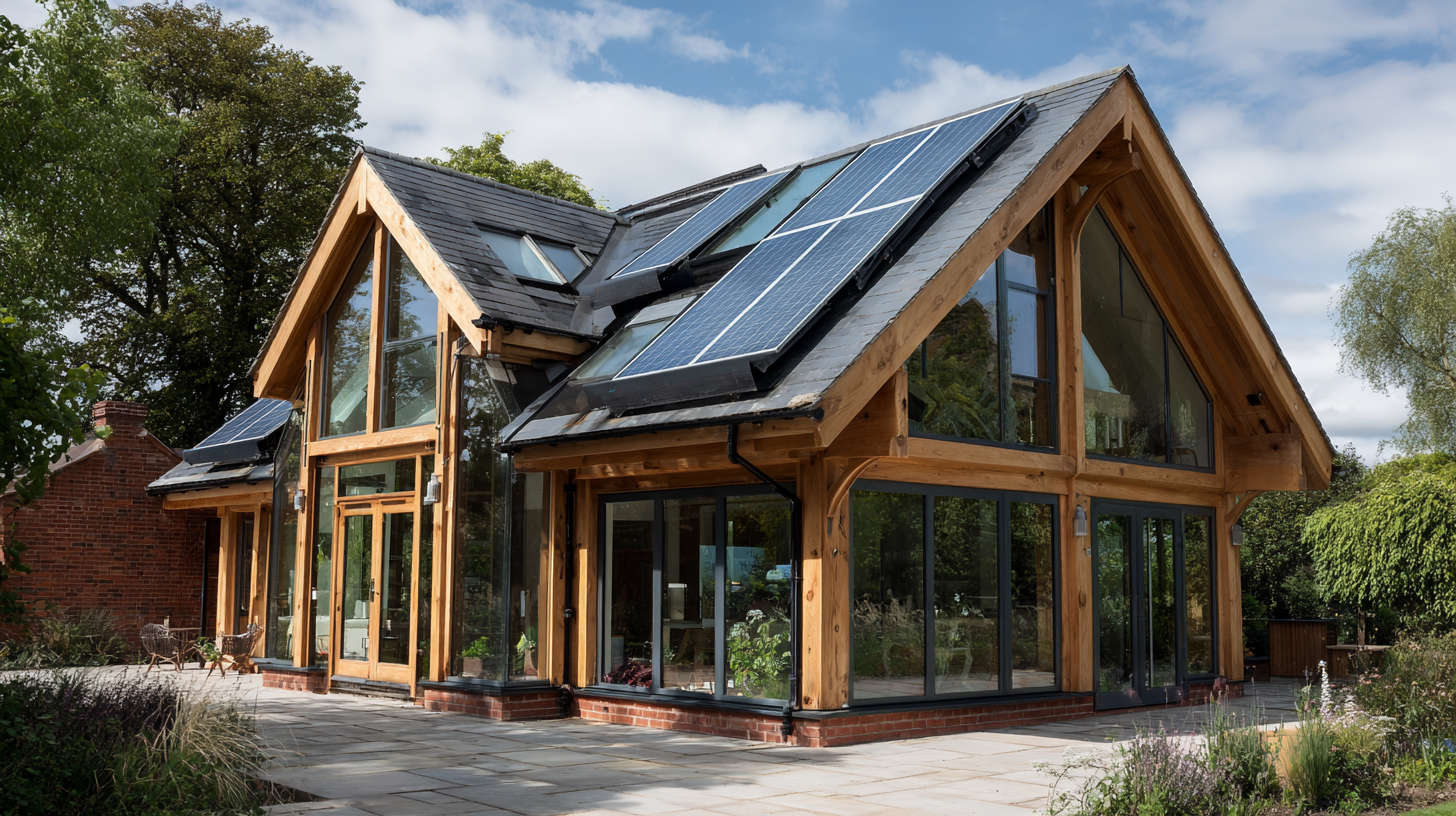
Identifying Sustainable Materials for Green Building Projects
When embarking on green building projects, identifying sustainable materials is crucial to not only reduce environmental impact but also to maximize energy efficiency. Sustainable materials often include renewable resources, recycled content, and non-toxic substances that promote a healthier indoor environment. For instance, using bamboo, a rapidly renewable resource, can significantly lower the carbon footprint of a project while offering durability comparable to traditional hardwoods.
Moreover, opting for materials with high thermal insulation properties can lead to substantial energy savings. Insulation made from recycled denim or cellulose not only helps in maintaining comfortable indoor temperatures but also reduces reliance on heating and cooling systems. Additionally, it's essential to consider local sourcing of materials. By sourcing materials locally, projects can minimize transportation emissions and support the local economy, further enhancing sustainability.
These strategies, when integrated into the planning and construction phases, can contribute significantly to the overall success of green building initiatives.
Integrating Energy-Efficient Systems into Your Building Design
Integrating energy-efficient systems into your building design is crucial for reducing operational costs and enhancing sustainability. By prioritizing advanced technologies like LED lighting, high-efficiency HVAC systems, and programmable thermostats, you can significantly lower energy consumption. These systems not only minimize waste but also provide a comfortable and productive environment for occupants. Implementing smart building technologies, such as IoT sensors, can further optimize energy use by adjusting settings in real-time based on occupancy and ambient conditions.

Another key aspect of energy-efficient design is the proper selection of materials. Utilizing high-performance insulation, energy-efficient windows, and sustainable building materials can drastically improve the thermal performance of the structure. These choices help reduce the demand for heating and cooling, leading to lower energy costs. In addition, incorporating renewable energy sources, such as solar panels, into your building design can provide substantial savings in the long run while contributing to a lower carbon footprint. By taking these steps, you can create a greener, more efficient building that stands to benefit both the environment and your bottom line.
Implementing Smart Technology to Optimize Energy Usage
Implementing smart technology in green building supply efforts can significantly optimize energy usage and reduce costs. Advanced energy management systems allow building managers to monitor real-time energy consumption, making it easier to identify inefficiencies and areas for improvement. For instance, smart meters can provide detailed insights into energy utilization patterns, enabling decisions that cut down on waste and improve overall efficiency. By integrating these technologies, buildings can adapt to fluctuating energy demands, ensuring that resources are used only when necessary.
Additionally, incorporating smart lighting and HVAC systems can lead to substantial energy savings. These systems can automatically adjust based on occupancy levels or time of day, preventing energy wastage in unoccupied spaces. By utilizing sensors and automation, buildings can maintain optimal climate control while minimizing energy expenditure. This, in turn, not only contributes to significant cost savings—potentially saving up to 30 percent on energy costs—but also enhances the overall sustainability of the building, aligning with the principles of green construction.
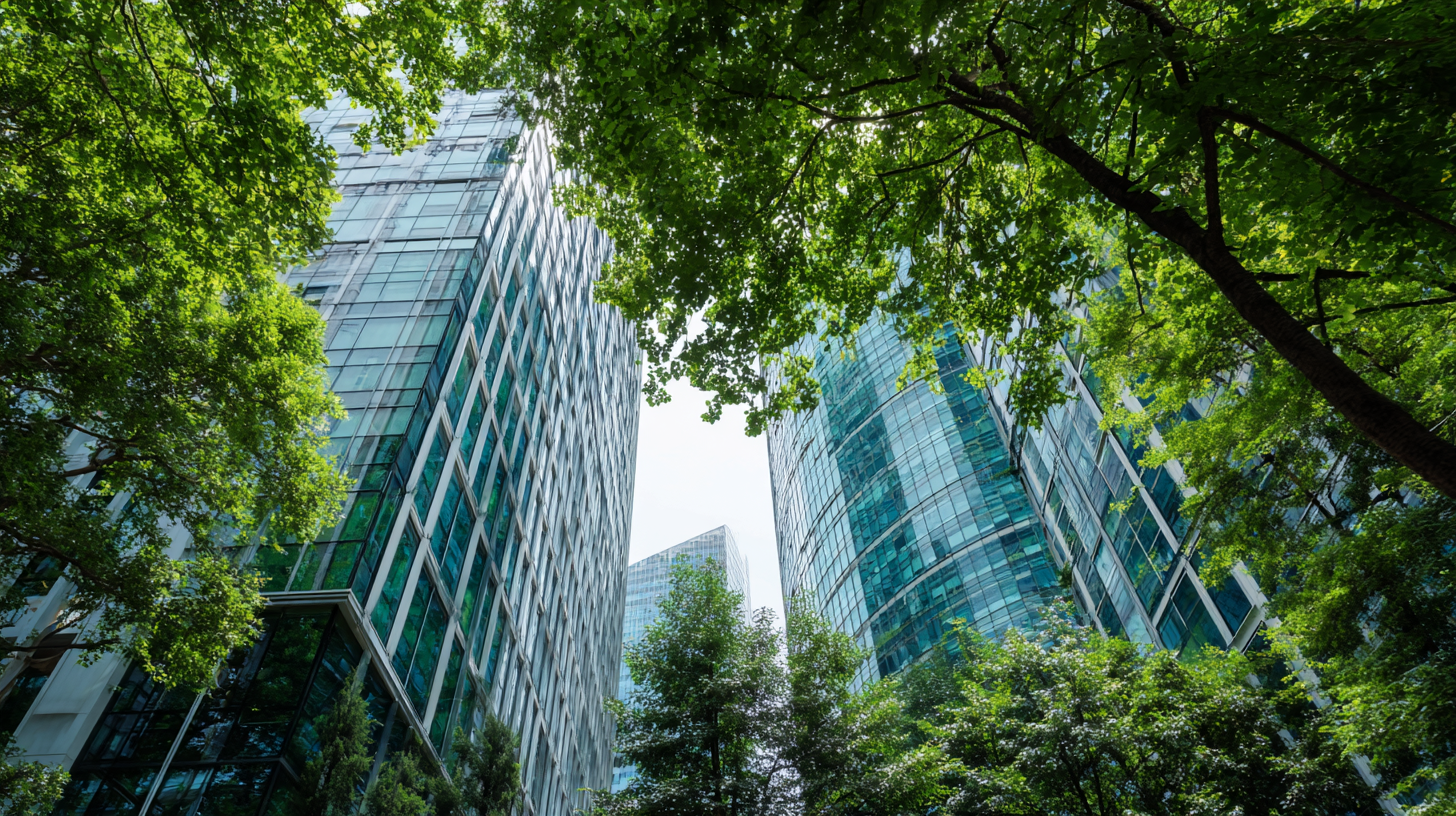
Training Your Team on Green Practices and Material Sourcing
Training your team on green practices and material sourcing is a crucial step towards achieving significant energy savings in green building projects. First and foremost, it's essential to educate employees about the importance of sustainability and the benefits of using eco-friendly materials. Workshops and seminars can cover topics such as energy-efficient building techniques, renewable materials, and the lifecycle assessments of different products. By providing the team with this knowledge, you empower them to make informed decisions that align with green building standards.
Furthermore, incorporating hands-on activities can enhance learning outcomes and foster a culture of environmental responsibility within the team. Practical exercises, such as site visits to sustainable buildings or collaborative sourcing projects, can help staff understand how to identify and procure green materials. Encouraging team members to share ideas and experiences related to sustainable practices not only builds camaraderie but also creates a dynamic environment where innovation can thrive. This comprehensive approach to training fosters a knowledgeable team capable of implementing green building practices effectively, ultimately contributing to reducing energy costs by up to 30 percent.
Evaluating and Partnering with Eco-Friendly Suppliers for Longevity
When exploring eco-friendly suppliers for green building projects, it's essential to prioritize partnerships that align with long-term sustainability goals. Start by evaluating the suppliers’ credentials, including certifications like LEED or Green Seal, which indicate a commitment to sustainability. Additionally, assess their track record in providing high-quality sustainable materials. A reliable supplier not only delivers eco-friendly products but also understands their impact on overall building performance.
Communication is key in fostering productive partnerships. Establish open dialogues with potential suppliers to discuss their sustainability practices and how they can meet your project needs. Collaborating with suppliers who share your vision for green building can lead to innovative solutions, helping to optimize energy efficiency and reduce overall costs. By forming strategic alliances with eco-conscious suppliers, you can ensure that your green building efforts are both effective and economically advantageous.
Energy Cost Savings through Eco-Friendly Supplier Partnerships
By partnering with eco-friendly suppliers, organizations can save up to 30% on energy costs, as demonstrated in this chart comparing energy expenses before and after the transition.
Related Posts
-

7 Smart Tips for Choosing Green Building Supply Solutions
-
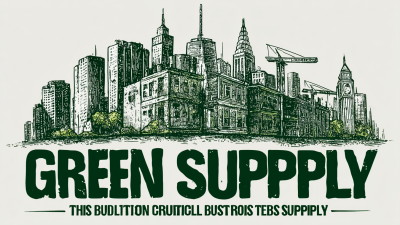
The Future of Sustainable Construction with Best Green Building Supply
-

Advantages of Choosing Sustainable Construction Materials for Global Buyers
-
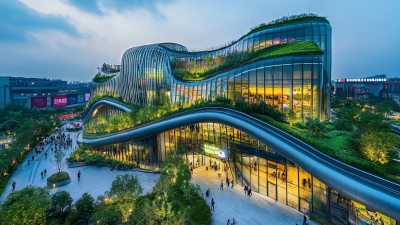
Top 10 Eco-Friendly Building Materials Manufacturers from China at the 137th Canton Fair
-

The Ultimate Guide to Choosing Sustainable Environmental Building Materials for Your Next Project
-
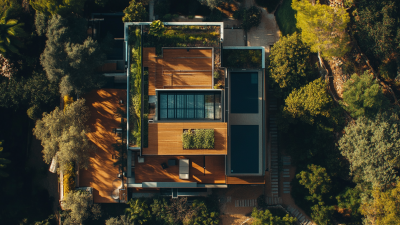
Exploring the Advantages of the Most Eco-Conscious Construction Materials
